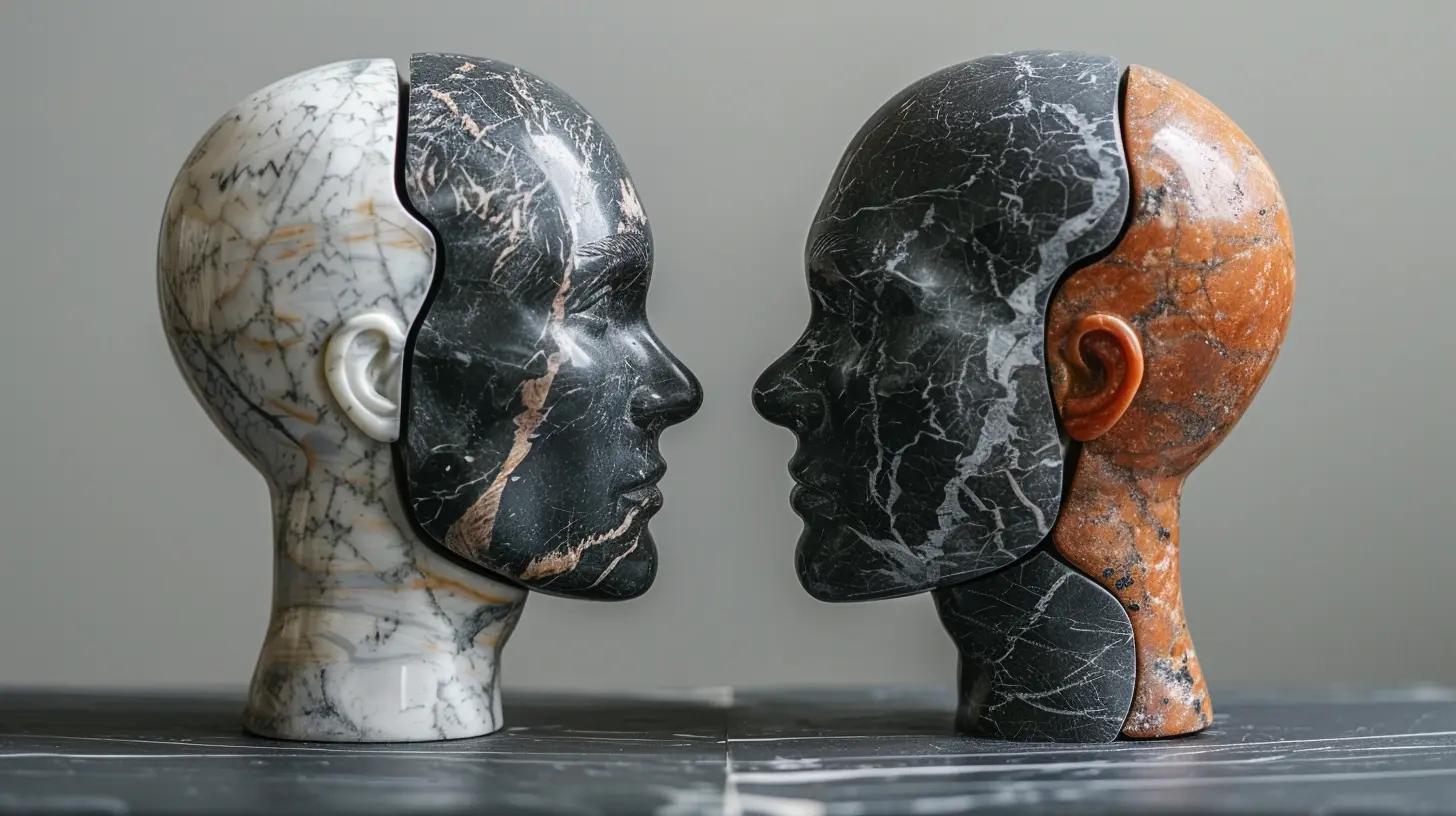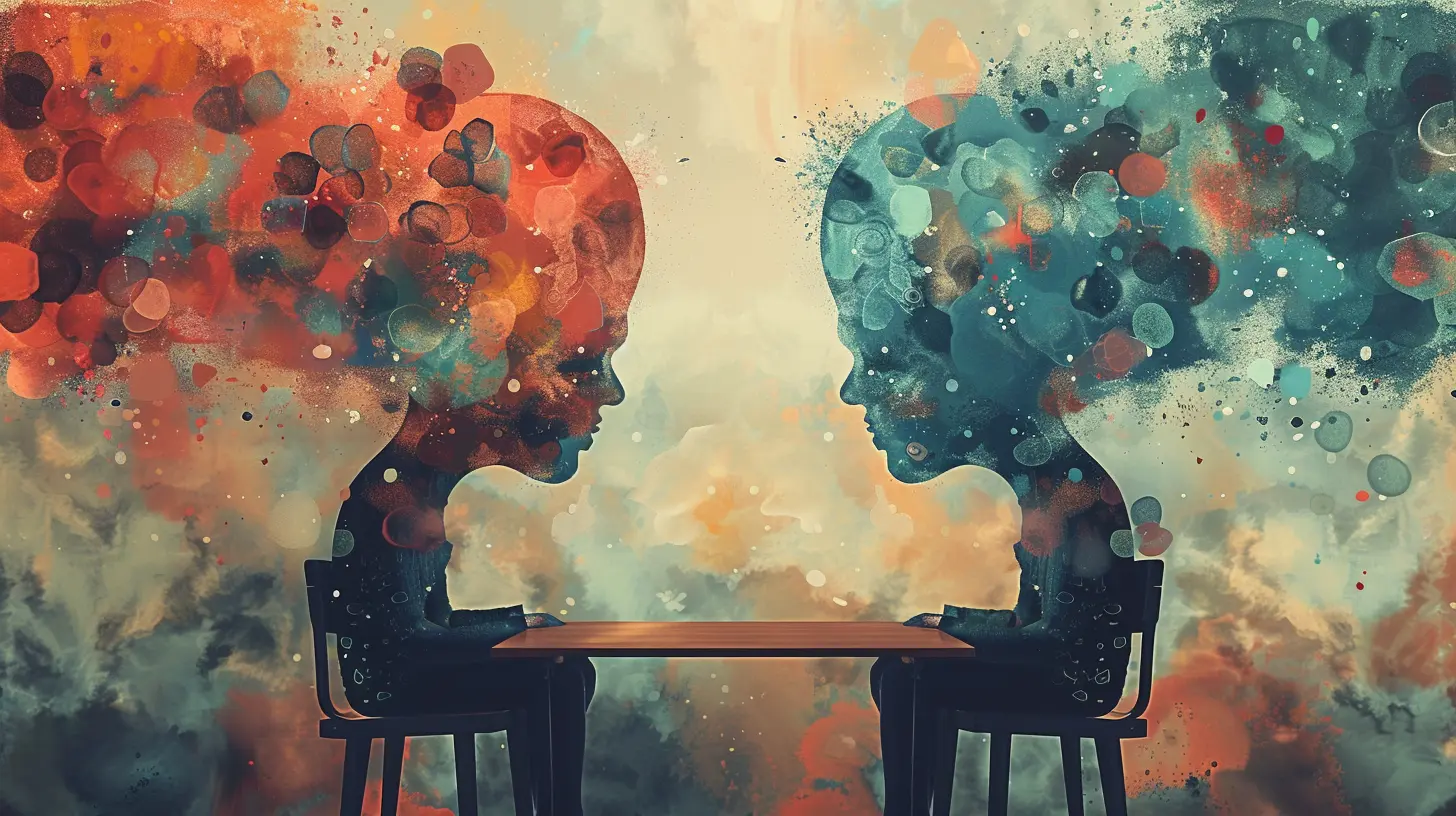Heuristics and Biases: Kahneman and Tversky’s Impact on Decision-Making
15 August 2025
Have you ever made a decision and thought, "Wow, that was dumb," only to realize later that your brain played a sneaky little trick on you? Yeah, you're not alone. Turns out, our brains have a habit of cutting corners when making decisions—sometimes in ways that make life easier, and sometimes in ways that make us question our own intelligence.
Enter Daniel Kahneman and Amos Tversky, two psychologists who spent their careers studying how and why we make irrational choices. Their research on heuristics and biases revolutionized our understanding of human decision-making, proving that we’re not as logical as we’d like to believe.
So, let’s dive into their work and figure out why your brain insists on making questionable choices—like impulse-buying another kitchen gadget you’ll never use. 
What Are Heuristics? (A.K.A. Mental Shortcuts)
Imagine you're grocery shopping, and you instinctively grab the brand of cereal you always buy without even looking at the others. Congratulations! You just used a heuristic.Heuristics are mental shortcuts our brains use to make decisions quickly. They help us navigate life without overanalyzing every single choice—because who has time to weigh the pros and cons of, say, picking a parking spot?
These shortcuts are usually helpful, but sometimes, they lead us astray. When they do, they turn into cognitive biases—those little glitches in our thinking that cause us to make less-than-stellar decisions.
Common Heuristics
Here are a few heuristics you probably use daily (whether you realize it or not):- Availability Heuristic: If something is easier to recall, we assume it’s more common. (Like thinking shark attacks happen all the time just because you saw one on the news.)
- Representativeness Heuristic: Judging something based on how similar it is to a stereotype. (Ever assumed someone wearing glasses is a genius? Yeah, that’s this one in action.)
- Anchoring Heuristic: Relying too heavily on the first piece of information we receive. (This is why stores mark prices as "$100, now only $50!"—you’re anchored to that original $100.) 
Biases: When Heuristics Go Off the Rails
Heuristics are supposed to make life easier, but sometimes they backfire spectacularly, leading to cognitive biases. These biases can make us overconfident, irrational, and, let’s be honest, occasionally ridiculous.Kahneman and Tversky identified a ton of these biases, but here are a few of the greatest hits:
1. Confirmation Bias: We Love Being Right
Ever Googled something and only clicked on articles that support your opinion? That’s confirmation bias. Our brains crave validation, so we selectively look for information that agrees with what we already believe—whether it’s about politics, health trends, or whether pineapple belongs on pizza.2. Overconfidence Bias: We Think We Know More Than We Do
Ever been completely convinced you could put together IKEA furniture without instructions? That’s overconfidence bias at work. We tend to overestimate our abilities, even when reality suggests otherwise (RIP to that wobbly bookshelf).3. Loss Aversion: The Pain of Losing Is Stronger Than the Joy of Winning
We hate losing more than we love winning. Studies show that losing $100 feels way worse than gaining $100 feels good. This is why people cling to bad investments or refuse to throw out old clothes they never wear—because getting rid of them feels like a loss.4. The Sunk Cost Fallacy: Throwing Good Money After Bad
Ever sat through a terrible movie just because you already paid for the ticket? That’s the sunk cost fallacy. Our brains convince us that we need to “get our money’s worth,” even if it means suffering through bad decisions instead of cutting our losses.
Kahneman & Tversky: The Dynamic Duo of Decision-Making
Daniel Kahneman and Amos Tversky were basically the Batman and Robin of cognitive psychology. Their research flipped traditional economic theories on their heads by proving that humans don’t always make rational decisions.Before their work, economists assumed people made logical, well-thought-out choices. Kahneman and Tversky laughed in the face of that assumption and showed that, actually, our brains are kind of a mess.
Their most famous contributions include:
1. Prospect Theory: The Fear of Losing
Prospect theory explains why we make risk-averse decisions. Instead of choosing what makes logical sense, we tend to avoid losses at all costs—even if it means passing up a great opportunity.Example: Say you’re offered a 50% chance to win $200 or a guaranteed $100. Most people go for the guaranteed $100 because the possibility of losing feels scarier than the potential gain. Your brain is basically screaming, “TAKE THE SAFE MONEY!”
2. The Two-System Thinking Model
Kahneman later expanded on their research in his book Thinking, Fast and Slow, where he explained that our brains operate using two systems:- System 1 (Fast Thinking): Quick, instinctive, emotional decisions (like swerving to avoid a squirrel).
- System 2 (Slow Thinking): Logical, deliberate, effortful decisions (like doing your taxes).
Most of the time, we rely on System 1 because, well, thinking is exhausting. But that often leads to snap judgments and, you guessed it, cognitive biases. 
How To Outsmart Your Own Brain
Now that we know our brains are wired for bias, how do we fight back? Here are a few tips:1. Slow Down & Engage System 2
When making important decisions, take a step back and force yourself to think logically. If something seems too easy, challenge it—your brain is probably taking a shortcut.2. Seek Opposing Viewpoints
If you find yourself deep in confirmation bias, intentionally seek out opinions that contradict your own. It might be uncomfortable, but it helps balance your perspective.3. Question Your Gut Instincts
Your gut is great for knowing when sushi smells off, but it’s not always reliable for big life choices. If your instinct is screaming at you, take a moment to analyze whether it’s leading you in the right direction.4. Look at the Bigger Picture
When faced with a tough choice, zoom out and examine the situation objectively. Ask yourself, If someone else were in my shoes, what would I advise them to do?Final Thoughts: Your Brain Is a Little Lazy, But That’s Okay
Kahneman and Tversky’s research proves that our brains are wired to take shortcuts, and while that’s not always a bad thing, it does mean we need to be mindful of our decision-making process.So the next time you make an impulsive choice that doesn’t quite make sense, don’t beat yourself up—just remember that your brain is doing its best with the weird, glitchy software it’s running. And hey, at least now you know why.
all images in this post were generated using AI tools
Category:
Psychological TheoriesAuthor:

Nina Reilly
Discussion
rate this article
1 comments
Aisha Fletcher
This article beautifully highlights how Kahneman and Tversky opened our eyes to the quirks of human decision-making. Their insights remind us that while our brains are amazing, they can be wonderfully flawed—an endearing trait of being human!
August 26, 2025 at 4:55 AM

Nina Reilly
Thank you! I'm glad you appreciated the article and the profound insights of Kahneman and Tversky on our decision-making processes. Their work truly celebrates the complexities of human nature.


